GARDEN PESTS & DISEASES F-M
Grosafe Garden has a wide range of pesticides to assist in controlling many common pests and diseases found in New Zealand gardens. Our range (apart from Buxus Blight Fighter and GroVentive® Garden) is certified for organic input No.4547.
Please check our series of Spray Calendars for helpful information on the optimum times to apply treatment.
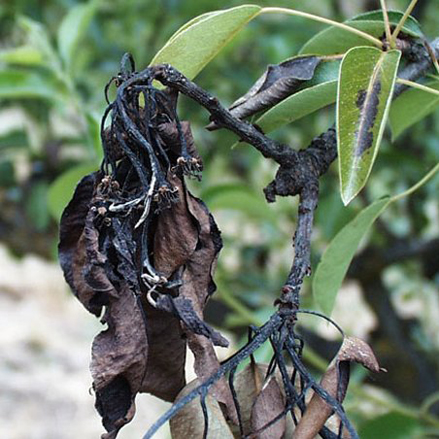
Fire Blight
Fire Blight is caused by bacteria. The infection often moves to twigs and branches from infected blossoms. The flowers turn brown and wilt and twigs shrivel and blacken, often curling at the ends. The first sign of fire blight is a light tan to reddish, watery ooze coming from the infected branch, twig, or trunk cankers. Fire blight bacteria is spread through various means such as rain or water splashing, insects and birds, other infected plants, and unclean gardening tools.
Treat with FreeFlo Copper
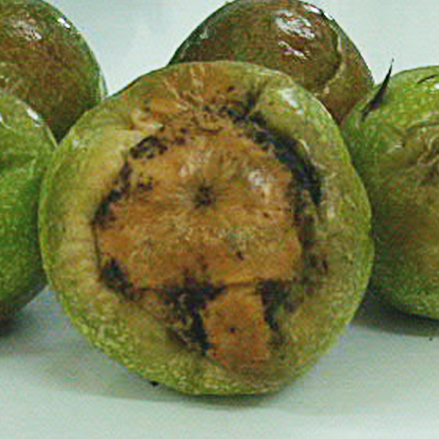
Grease Spot
One of the most serious diseases of passionfruit in New Zealand. It infects leaves, stems and fruit, leading to severe crop losses and even death of vines. Early signs of infection on the fruit are small, dark-green, oily spots. These develop into roughly circular, greasy, or water-soaked patches. Premature fruit drop and fruit decay result. Grease spot is said to be most active in autumn and winter.
Treat with FreeFlo Copper
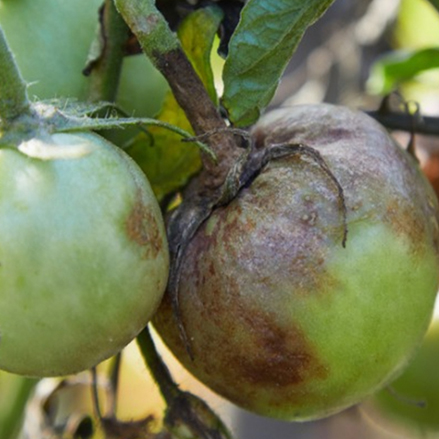
Late Blight
A serious disease of tomatoes and potatoes. Symptoms of late blight on leaves first appear as small, water-soaked areas that rapidly enlarge to form purple-brown, oily-appearing blotches. On the under side of leaves, rings of grayish white mycelium and spore-forming structures may appear around the blotches. Entire leaves die and infections quickly spread to petioles and young stems. Fruits turn brown but remain firm unless infected by secondary decay organisms; symptoms usually begin on the shoulders of the fruit because spores land on fruit from above.
Treat with FreeFlo Copper
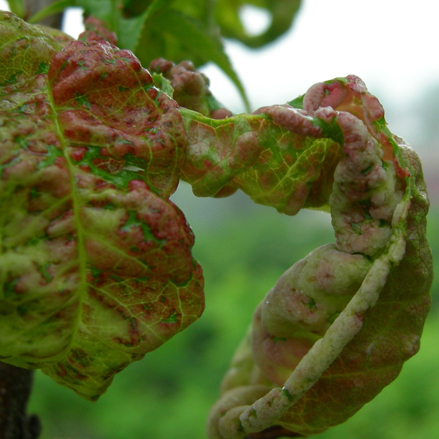
Leaf Curl
A fungal disease that affects peaches, nectarines and other stone fruits, leaf curl is one of the most common disease problems found in backyard orchards. Peach leaf curl affects the blossoms, fruit, leaves, and shoots. Symptoms appears in spring as reddish areas on young leaves. These areas become thick and puckered causing leaves to curl and distort.
Treat with FreeFlo Copper
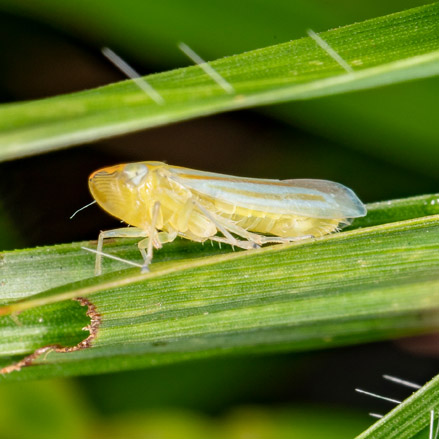
Leafhoppers
Leafhoppers get their name from their jumping ability, which aids their escape when disturbed. Leafhoppers feed on plant leaves and tender shoots by piercing the plant tissue and sucking out its contents. Nymphs typically feed on the undersides of leaves. In addition to feeding damage, some leafhoppers also transmit pathogens that cause plant disease. Plant damage varies according to the leafhopper species and the plant.
Treat with GroVentive® Garden
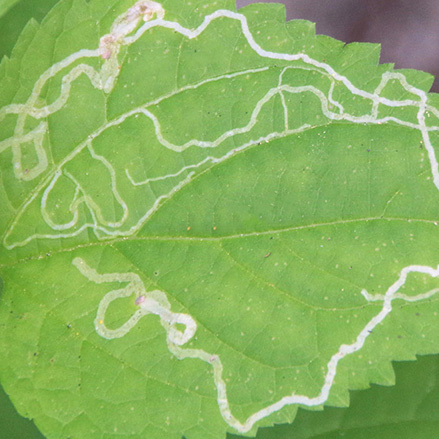
Leaf Miners
Thin whitish trails in leaves are a sure sign of leaf miners. Leaf miners are larvae that feed between the upper and lower surfaces of leaves. The adults may be flies, moths, sawflies, or beetles. Sometimes bacteria and fungi can enter old mines and cause the leaves to yellow and drop.
Treat with EnSpray 99® Spraying Oil, BioNeem®
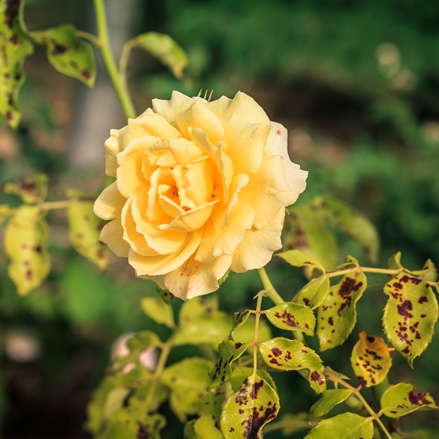
Leaf Spot
Leaf Spot is a commonly used descriptor for identifying many different plant diseases. Most leaf spot is fungal but some is also caused by bacteria. Leaf Spots are typically brown, but depending on the type of fungus, the spot could also be tan or black. Leaves infected with leaf spot will yellow and may drop prematurely, where the spores sit and wait for the next available warm, wet, plant surface so the fungal leaf spot process can begin again.
Treat with FreeFlo Copper
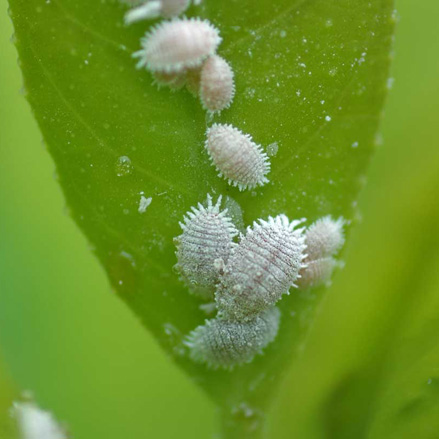
Mealybugs
Mealybugs are very small, soft-bodied, oval-shaped insects that are covered with a white, powdery wax coating. Mealybugs are plant feeders and will infest most parts of their host plant. They normally are located on the underside of plant leaves and stems. Mealybugs attract ants by excreting honeydew, a sticky, sweet substance that the ants feed on. This substance may encourage the growth of sooty molds.
Treat with GroVentive® Garden and/or EnSpray 99® Spraying Oil, BioNeem®
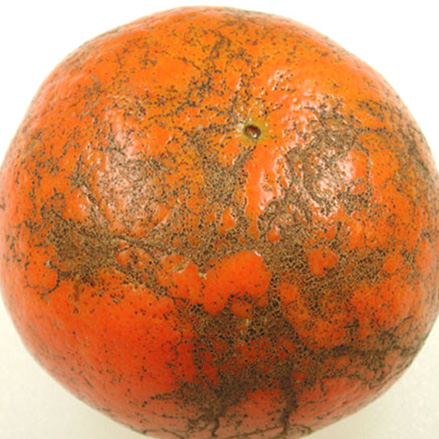
Melanose
All citrus varieties are susceptible to melanose infection, it affects the immature leaves, young branches, stalks, stems and fruit. Melanose symptoms occur on fruit and consist of dark-brown specks on the portion around the oil glands. On mature fruit the fungus causes fruit rot. The rind slowly becomes dark brown and becomes tougher. Careful pruning and sanitation of infected trees is essential to prevent further spread of the fungus.
Treat with FreeFlo Copper
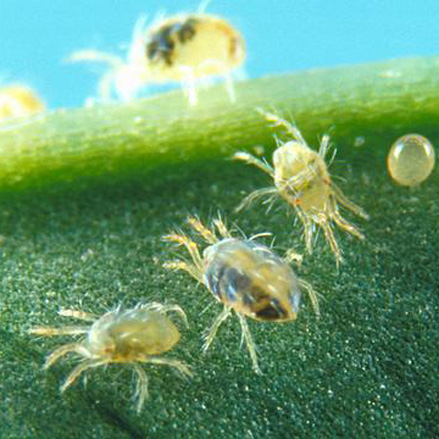
Mites
Mites are very small sap sucking insects that can be hard to see with the naked eye. The symptoms of mite infestation are yellow speckles which turn silvery. Severely damaged leaves become bleached and drop. When the infestation of mites is high, webbing will be visible on the tips of the leaves and may hang down like a silken thread. This dispersal mechanism helps them move from one plant to the next on wind currents.
Treat with GroVentive® Garden and/or EnSpray 99® Spraying Oil, BioNeem®
